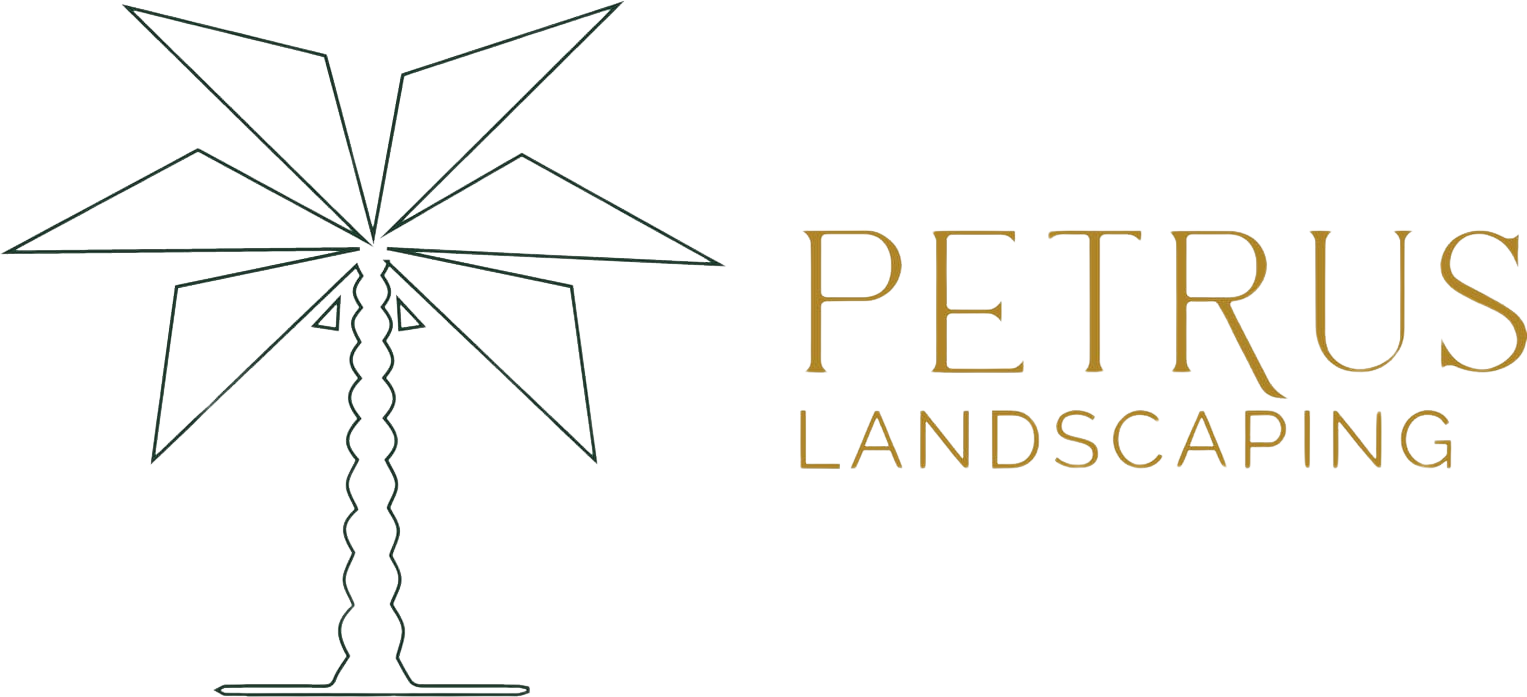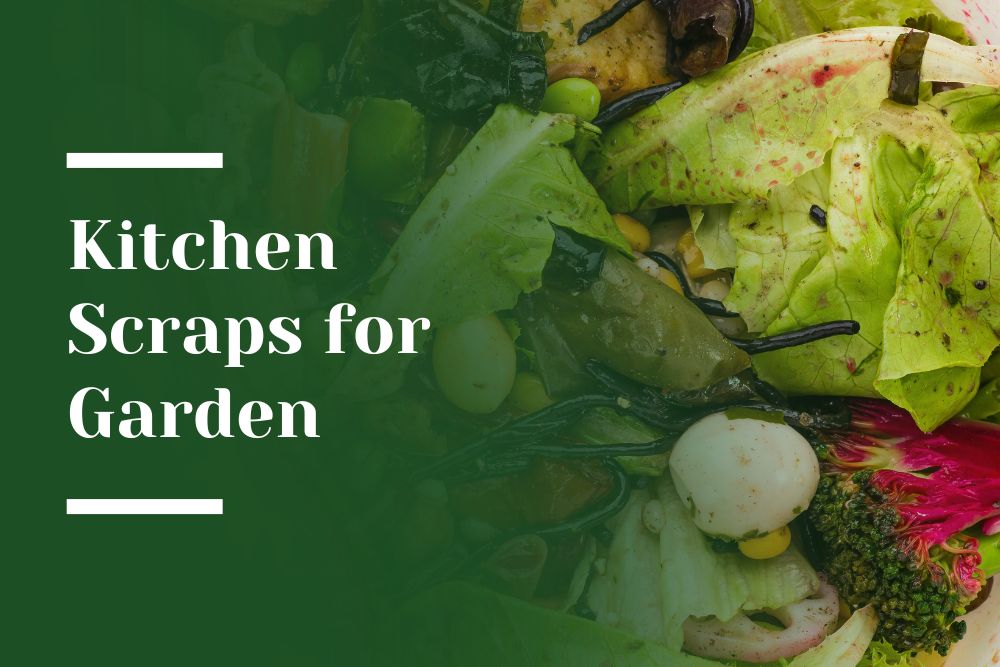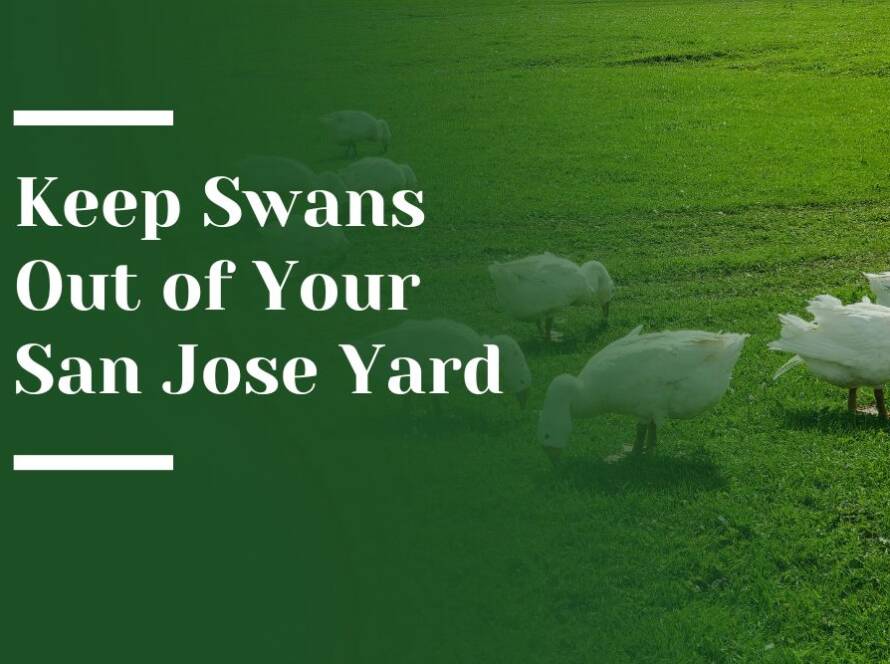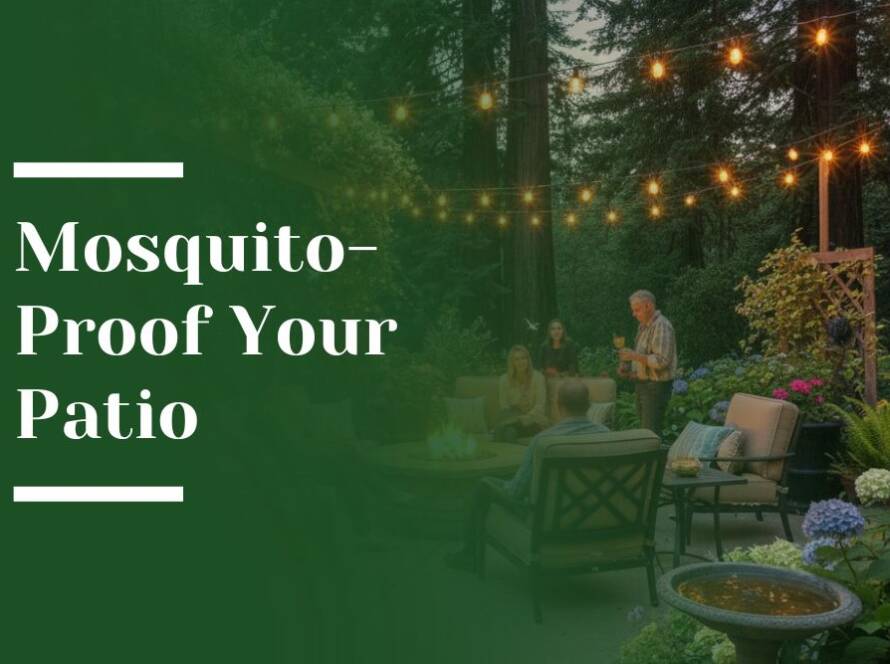Gardening isn’t just about planting flowers or growing vegetables—it’s about cultivating a vibrant, sustainable ecosystem in your own backyard. One of the most cost-effective, environmentally friendly ways to support your soil is by repurposing kitchen scraps. By composting everyday waste, you’re not only reducing landfill contributions but also enhancing the health of your garden in a completely natural way.
In places like Woodside, where gardening and sustainable landscaping go hand-in-hand, composting is more than a trend—it’s a lifestyle choice. Whether you’re a seasoned gardener or just starting your journey toward a more eco-friendly home, this guide is tailored to help you turn kitchen scraps into garden gold.
10 Kitchen Scraps That Feed Your Garden
1. Vegetable Scraps
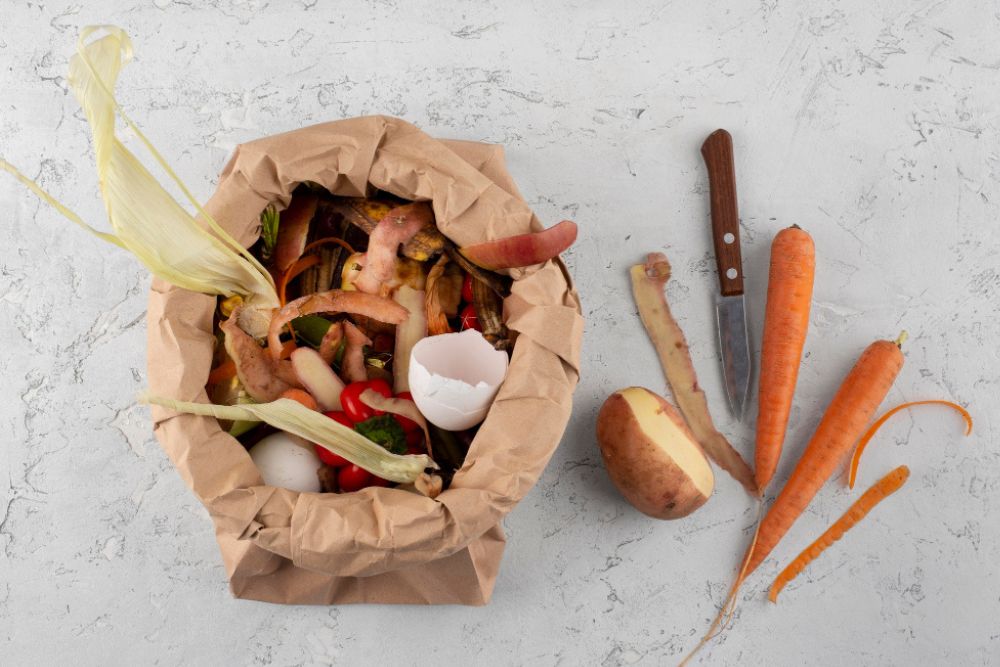
Photo Source: Freepik
From carrot peels and celery ends to lettuce leaves and onion skins, vegetable scraps are rich in nitrogen and decompose quickly. These make excellent green compost materials and help kick-start microbial activity in your compost pile. They’re perfect for building nutrient-dense soil for any Woodside garden project.
2. Coffee Grounds
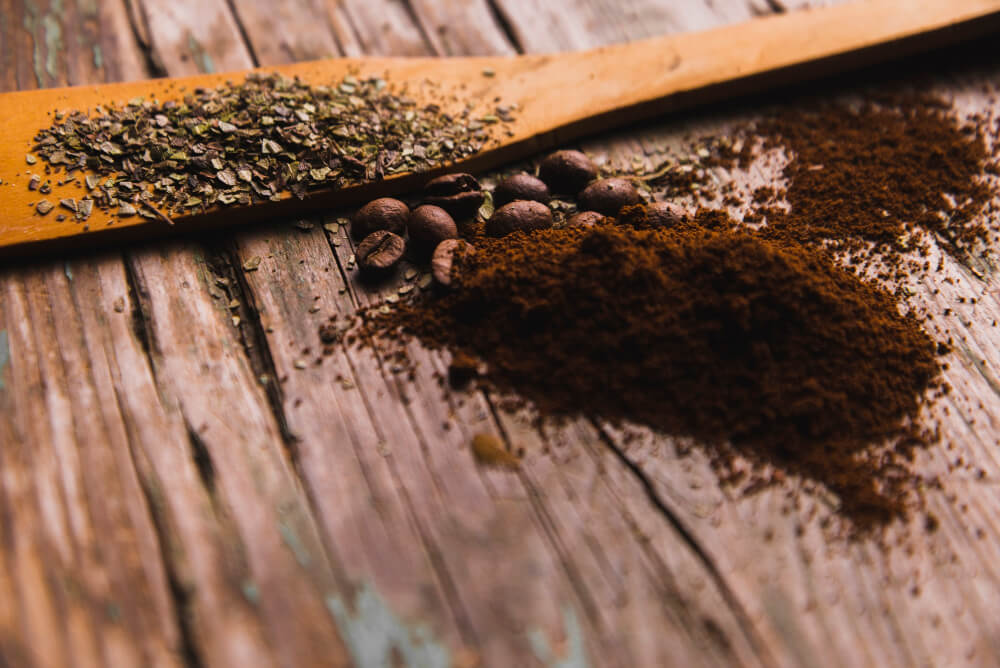
Photo Source: Freepik
Don’t toss your morning brew’s leftovers! Coffee grounds are nitrogen-rich and slightly acidic, ideal for acid-loving plants like blueberries and azaleas. They also improve soil structure and drainage. Use them in compost or apply directly as mulch around plants in shaded garden beds.
3. Banana Peels
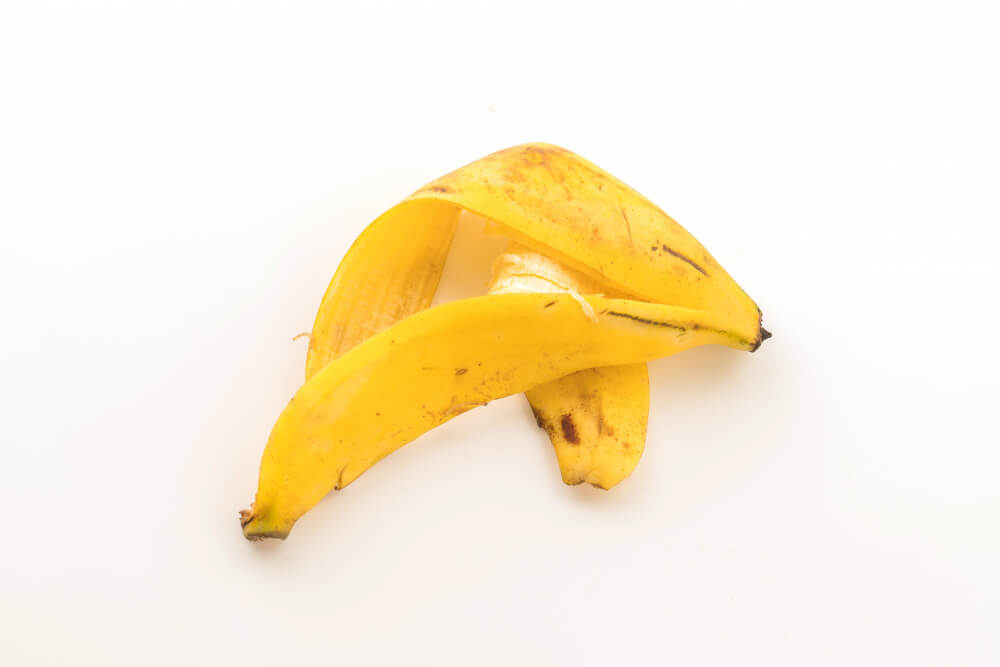
Photo Source: Freepik
Loaded with potassium and phosphorus—two essential nutrients for flowering plants—banana peels break down quickly in compost. Bury small pieces near the base of roses, tomatoes, or fruit trees to encourage blooming and fruiting.
4. Apple Cores
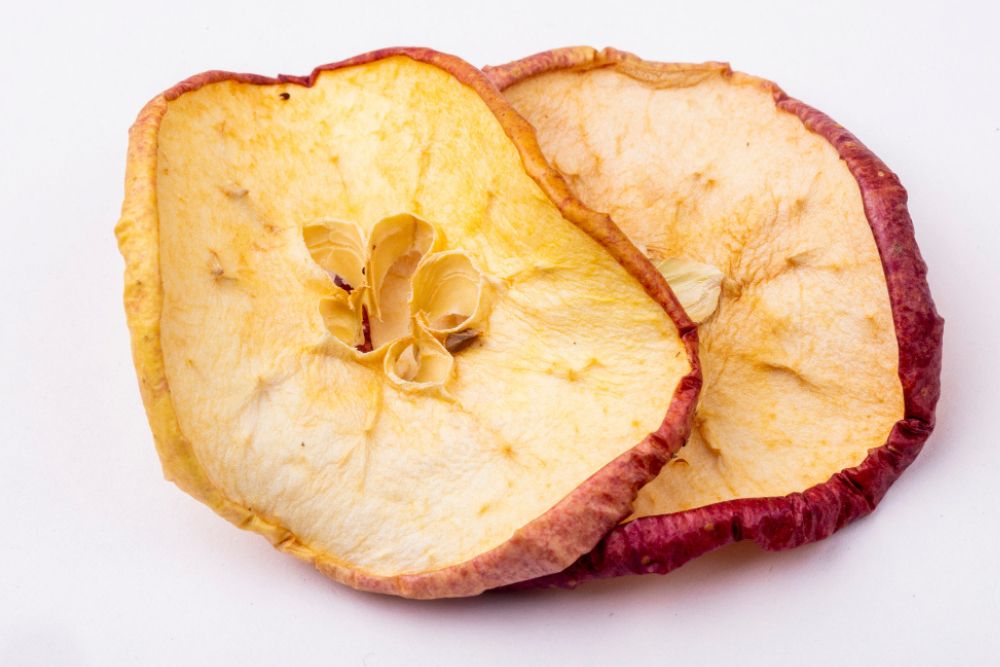
Photo Source: Freepik
Apple cores provide natural sugars that energize compost microbes and help speed up decomposition. They’re high in moisture, making them ideal for balancing dry, carbon-heavy materials like cardboard.
5. Eggshells
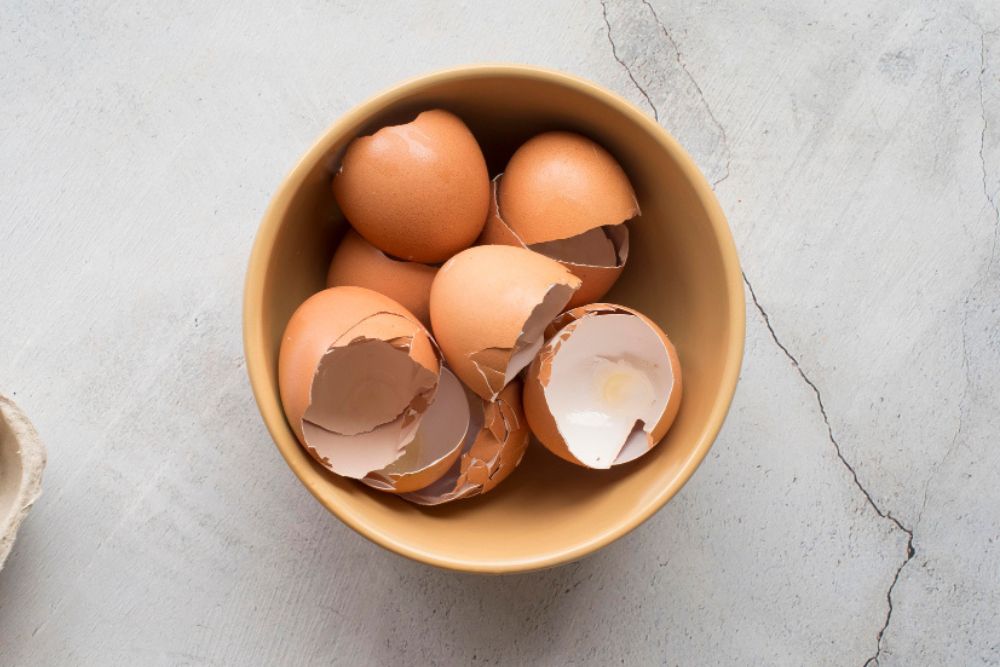
Photo Source: Freepik
Crushed eggshells are an excellent source of calcium, which helps prevent blossom end rot in tomatoes and peppers. While technically a brown compost material, they’re best added crushed for faster breakdown.
6. Newspaper
Shredded black-and-white newspaper (avoid glossy prints) adds carbon to your compost pile. It absorbs excess moisture and helps aerate heavy compost bins. A perfect addition for gardens focused on sustainable landscaping techniques.
7. Cardboard
Tear up uncoated, brown cardboard boxes into strips and layer them into your compost bin. They absorb moisture and act as an excellent base layer, providing much-needed structure and airflow.
8. Fruit Scraps
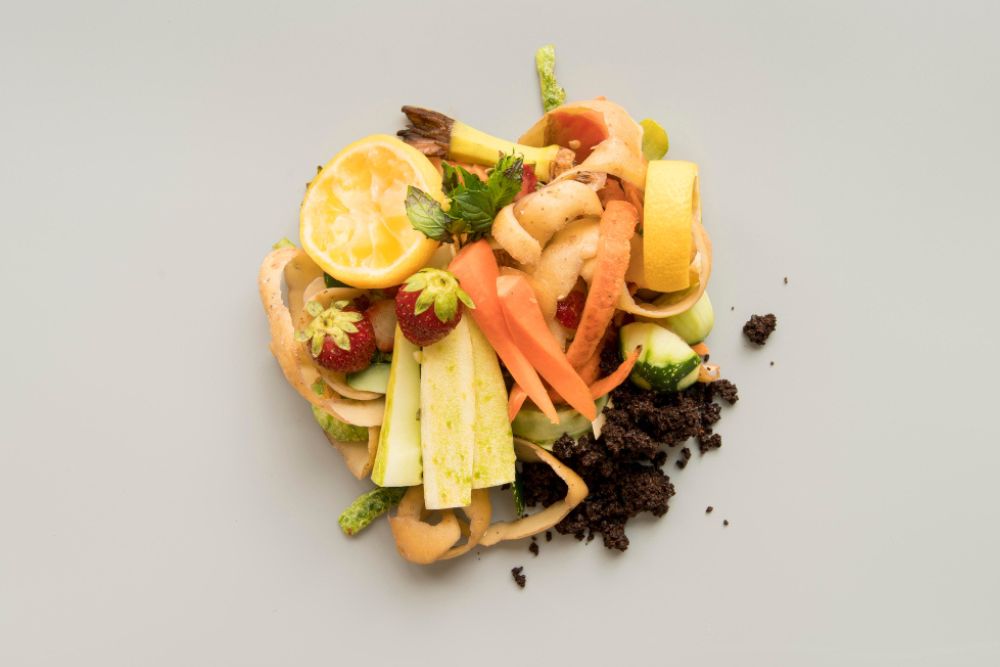
Photo Source: Freepik
Melon rinds, orange peels, and pineapple tops can all be composted, although citrus should be added in moderation due to its acidity. These scraps add valuable micronutrients and moisture—great for a luxury landscape design that thrives naturally.
9. Broccoli Stems
Though dense, broccoli stems break down well in hot compost setups and contribute calcium and iron to the pile. Chop them into smaller pieces to accelerate decomposition.
10. Stale Bread (in small amounts)

Photo Source: Freepik
Small quantities of dry, stale bread can be composted as a carbon source. Be sure to bury bread deep in the pile to avoid attracting pests. Combine with drier materials to balance moisture.
Green vs. Brown Compost Materials: What’s the Difference?
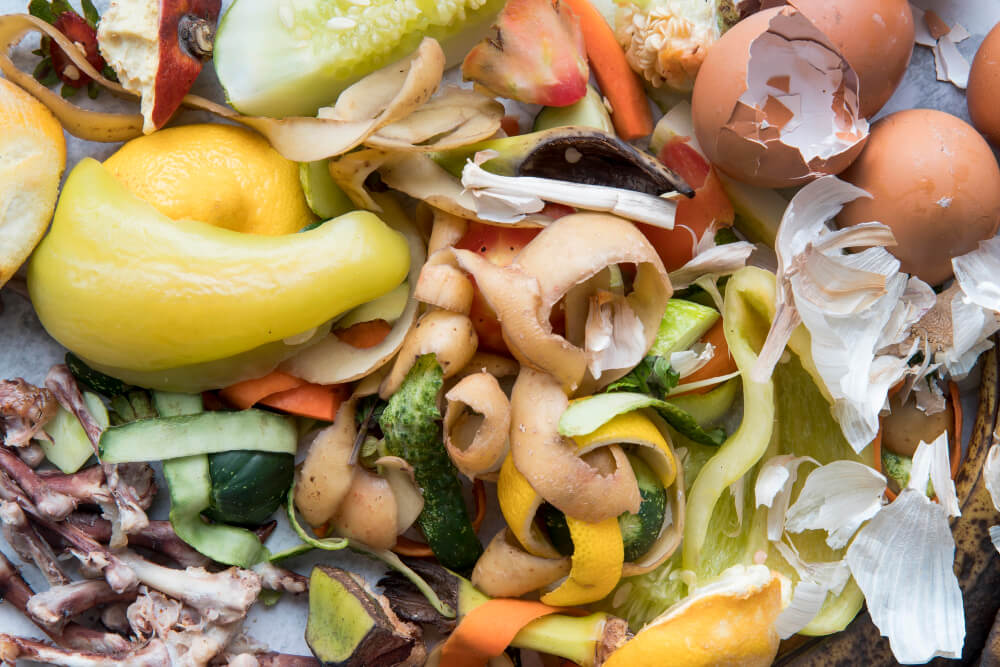
Photo Source: Freepik
Achieving the right balance between green and brown materials is essential for successful composting.
Green Materials (Nitrogen) | Brown Materials (Carbon) |
Fruit & veggie scraps | Dried leaves |
Coffee grounds | Shredded newspaper |
Fresh grass clippings | Cardboard |
Plant trimmings | Sawdust (untreated) |
Greens provide moisture and feed microorganisms, while browns offer structure and air pockets for decomposition. The ideal compost ratio is about 2 parts brown to 1 part green.
Step-by-Step Composting Tips
1. Choose the Right Bin
Whether using a compost tumbler or an open pile, make sure your setup suits your yard and volume needs. For those investing in luxury landscape design in Woodside, concealed or in-ground composters maintain aesthetics.
2. Layer Your Scraps
Alternate green and brown layers to ensure optimal airflow and moisture. Start with browns, then greens, and continue layering.
3. Chop Large Pieces
The smaller the scraps, the faster they decompose. Chop items like melon rinds or broccoli stems for quicker results.
4. Turn Regularly
Aerate your compost weekly to introduce oxygen and speed up the microbial process. This helps avoid odors and compaction.
5. Monitor Moisture
Your compost should feel like a wrung-out sponge. Add water if too dry; mix in browns if too wet.
6. Know What to Avoid
Skip meat, dairy, oily foods, and synthetic materials. These attract pests and hinder composting.
Woodside-Specific Gardening Advice
Woodside’s Mediterranean climate—with warm, dry summers and cool, wet winters—offers ideal conditions for year-round composting. Here’s how to tailor your approach for Woodside garden:
- Summer Dryness: Add extra green materials or lightly water your pile to maintain proper moisture.
- Winter Wetness: Balance excessive rain by adding shredded newspaper or cardboard to soak up water.
- Deer & Wildlife: Keep compost bins secure and avoid animal-attracting scraps like bread or citrus rinds left exposed.
- Luxury Landscaping Aesthetics: Integrate decorative compost bins or designate a discreet compost zone behind hedges or structures.
By embracing composting, Woodside homeowners can maintain stunning outdoor spaces while aligning with eco-conscious values central to sustainable landscaping.
Composting kitchen scraps is one of the easiest and most rewarding ways to enrich your garden soil, reduce waste, and support a thriving backyard ecosystem. For homeowners in Woodside, composting fits perfectly within the region’s emphasis on beauty, sustainability, and smart design.
Whether you’re upgrading your existing landscape or planning something new, consider incorporating composting into your Woodside garden. It’s a simple step that aligns with both environmental responsibility and luxurious outdoor living
